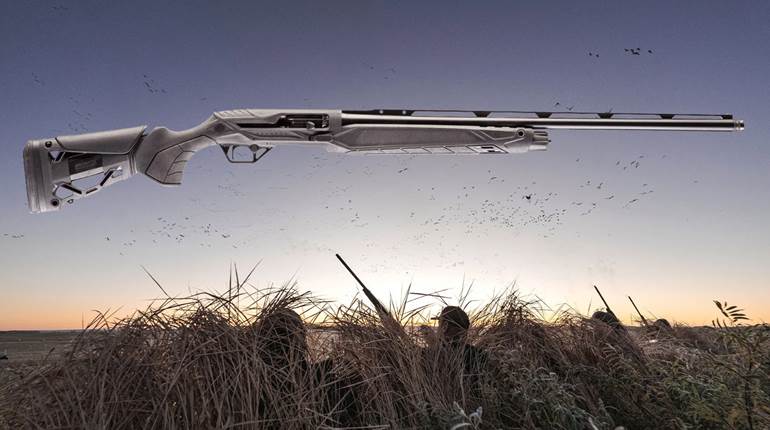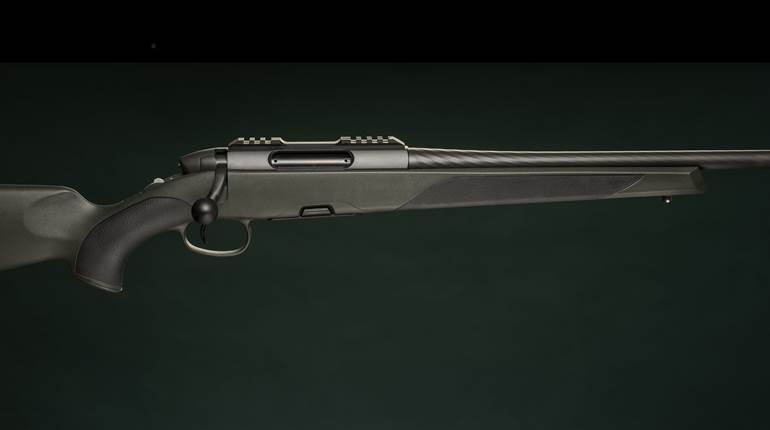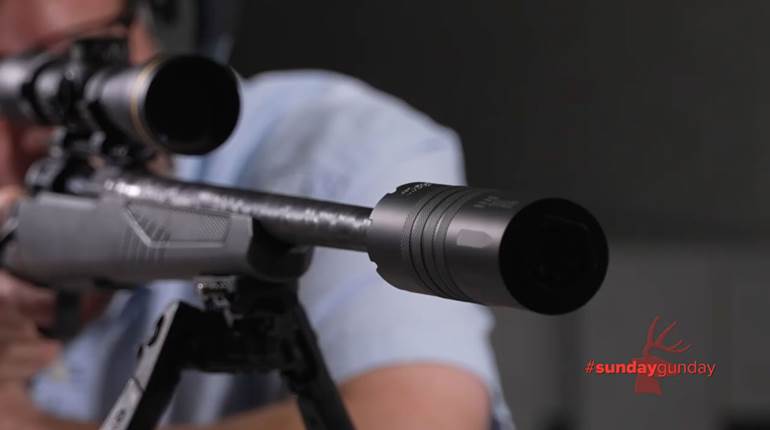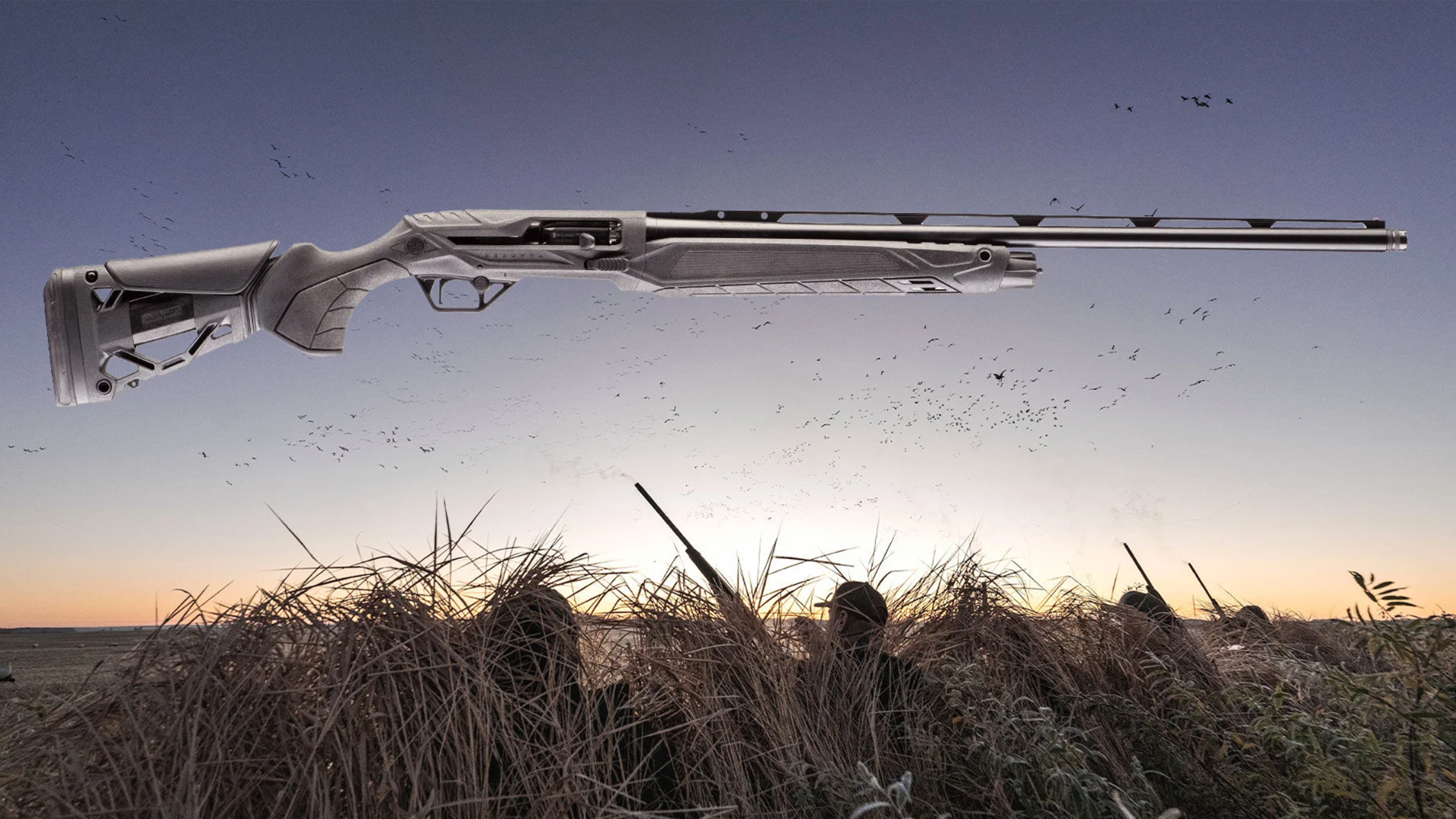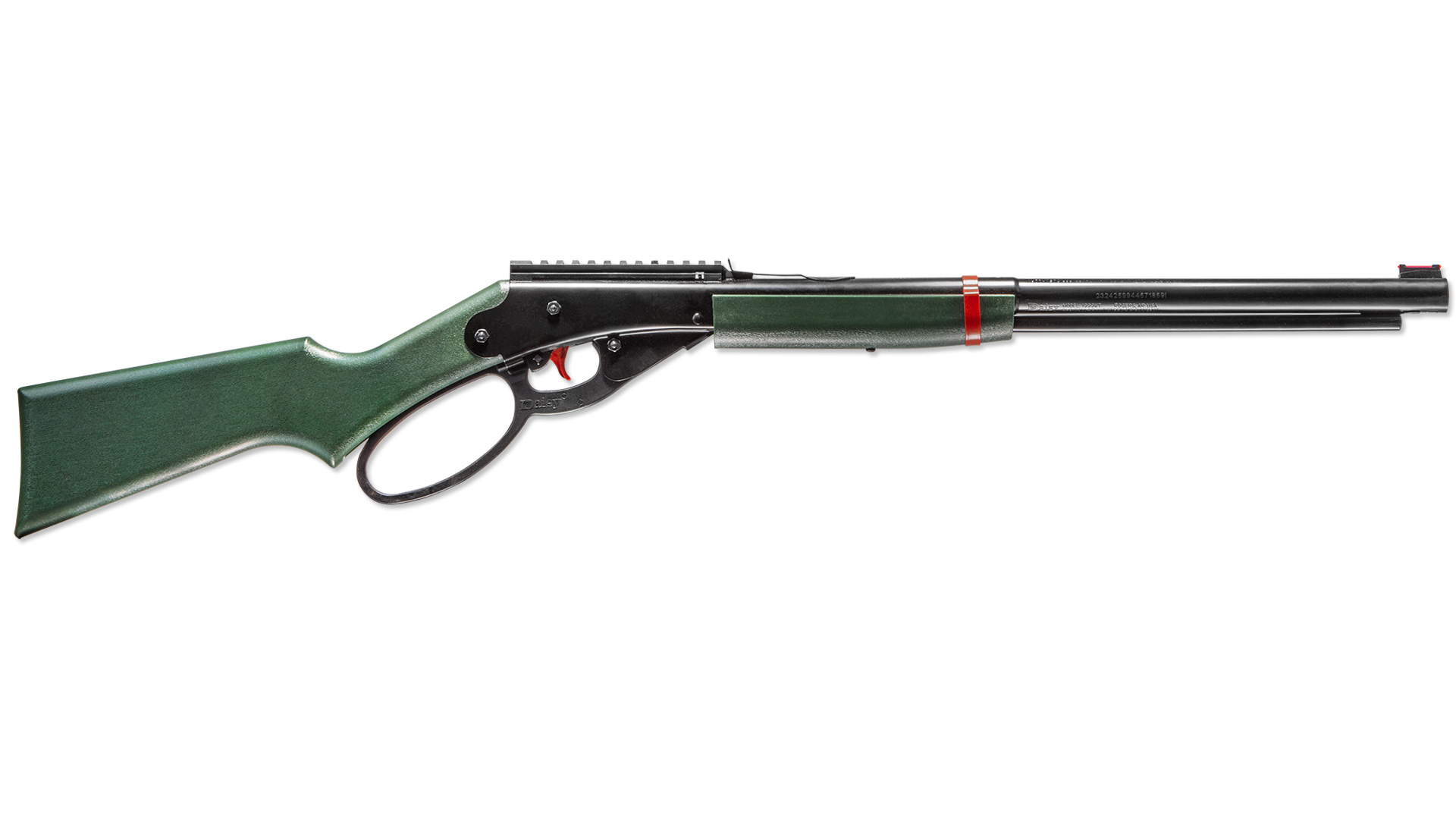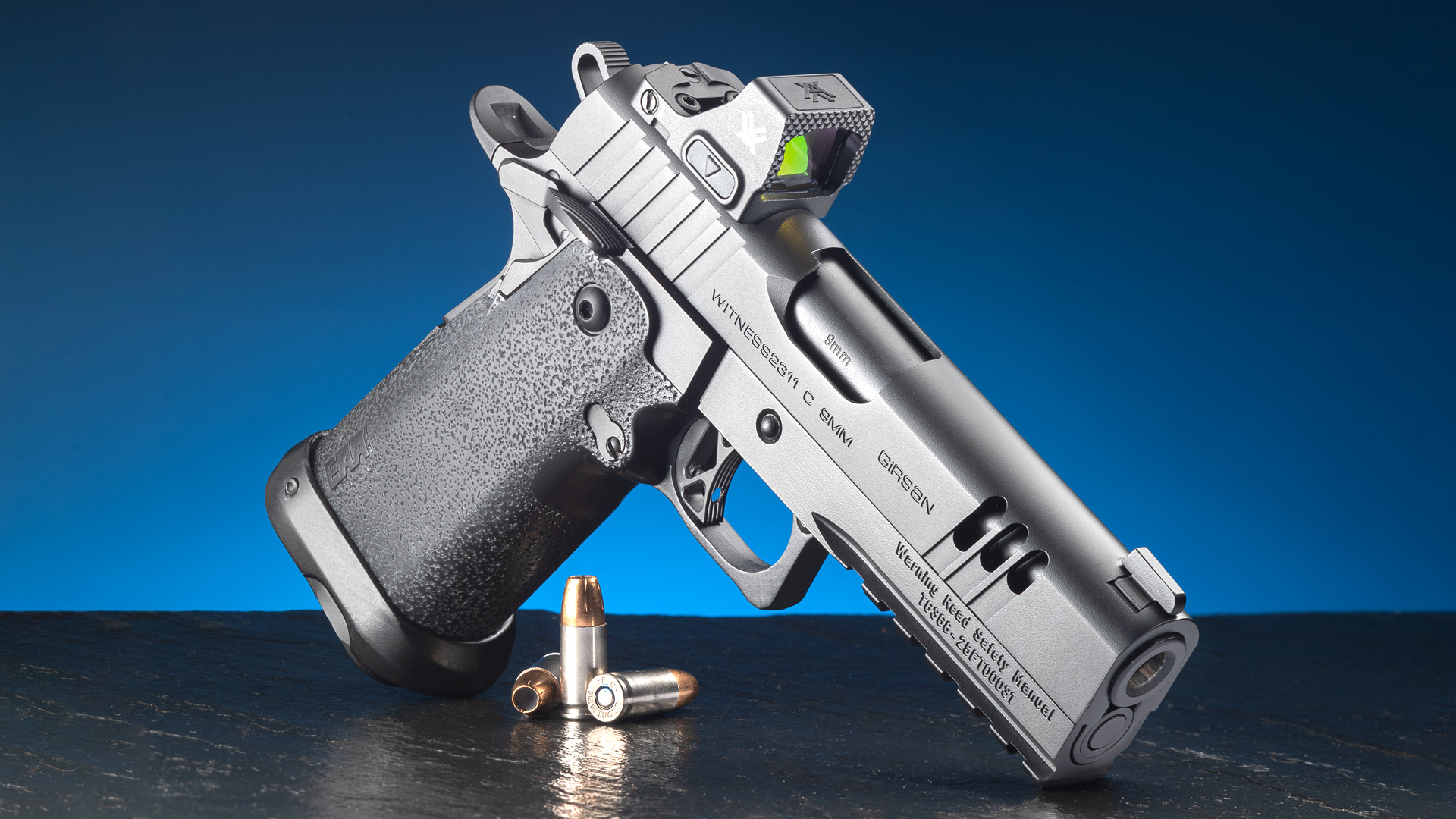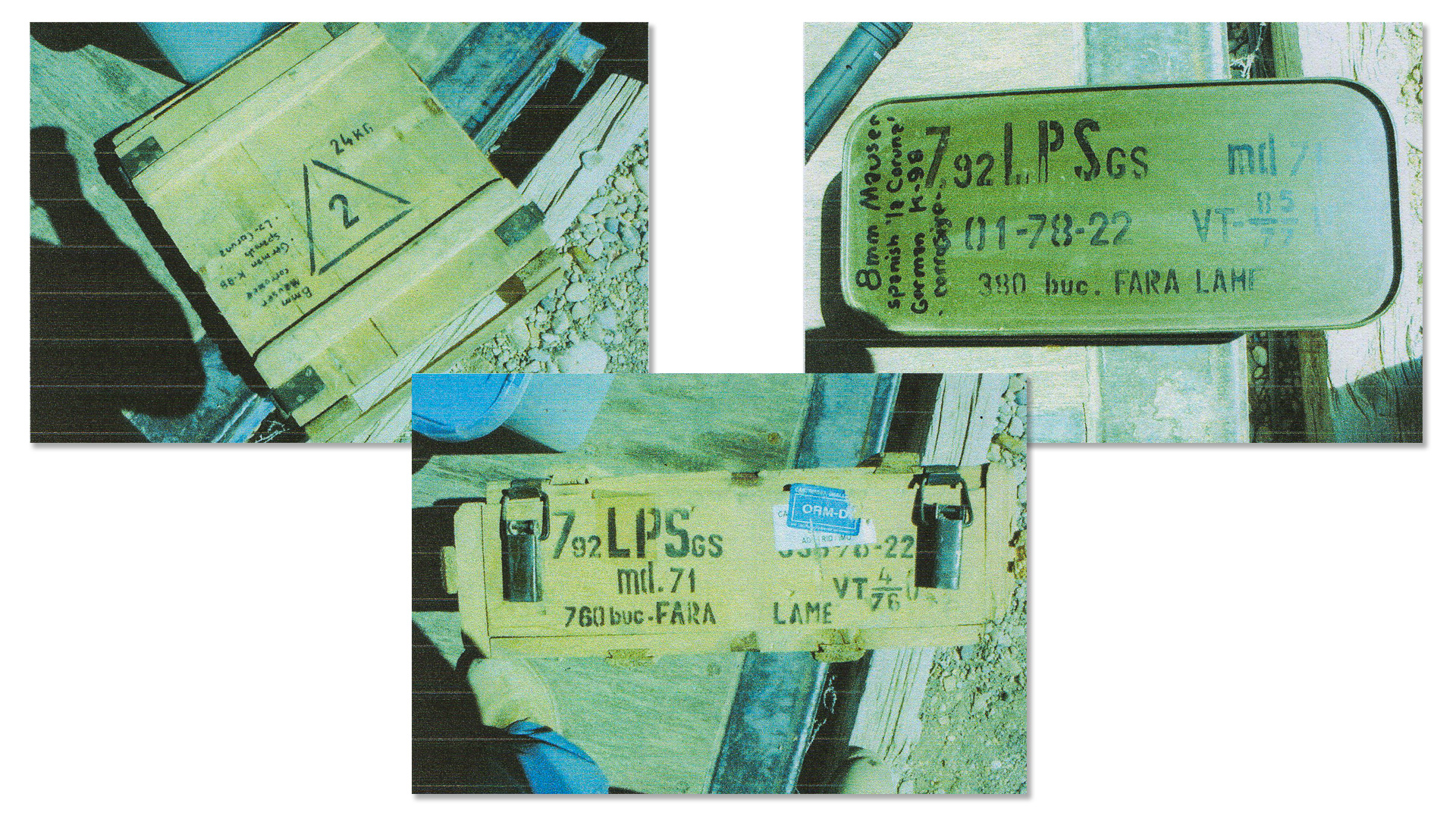
At 5' 7", I’m often the brunt of my buddies’ best attempts at little-guy humor. Sure, a few inches more would be nice, but being short has its advantages. For example, I typically get the first crack at helicopter hunts because a whirlybird gets rather tight, particularly when you need to bring a rifle up with you. The same can be said for hunting blinds. While most sportsmen are forced to sit for hours with their knees in their chest, I get to decide where the best place for my heater would be.
Regardless, in any given space, decisions on how to utilize volume need to be made, which brings us to shotgun ammunition and the magazines into which it is designed to fit. As the width parameters for each of the various gauges are set in stone, all we are left to work with is shell length. By varying this dimension, shotshells can be made to fit a given task better. For instance, many hunting applications call for longer magnum shells, while standard lengths are just fine for target work.
Conversely, reduced-length shells have been getting attention from a home-defense standpoint. Shorter rounds increase the capacity of tubular magazines and bring overall energy down, reducing the chance of over-penetration. Of course, this could mean fewer pellets and the associated wound channels, which may be a deal-breaker for some homeowners. Federal Ammunition is always good at seeing the utility in a design and, last year, released the Force X2 Shorty, a compact version of its unique split-shot shotgun load. It is a case of the “little guy” coming to the rescue.
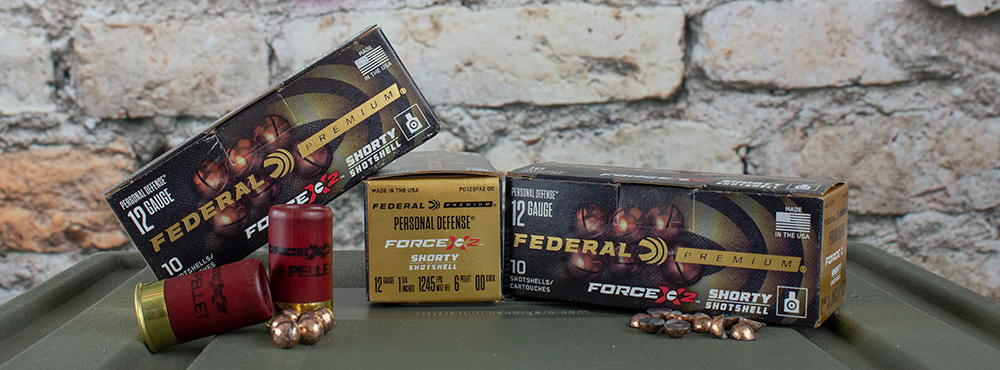
Force X2 features a pellet that’s intended to break into two even pieces once it meets resistance. If you ask me, the idea was likely conceived when somebody crimped a fishing sinker onto their line because that is precisely what these projectiles resemble. The result should double the number of wound channels, which, in turn, should theoretically incapacitate a threat twice as quickly.
The original Force X2 ammunition was a standard 2 3/4" 12-ga. shell, packed with nine 00 buck pellets. While undoubtedly effective, it could be overkill in certain situations. If we consider its use inside of the home, every pellet needs to land on a threat. If they don’t, missed shot will be flying through walls or windows and could possibly strike an innocent bystander. At the same time, the associated recoil will make it harder to get back on target and, if you are shooting from an awkward position, possibly contribute to a loss of footing.
Federal’s Force X2 Shorty is designed to alleviate those issues and increase capacity to boot. Its reduced, 13/4" shell length yields a magazine capacity increase of 55 percent while still delivering six of the same-size pellets—each of which should split upon contact—at the same velocity. On the surface, it sounds too good to be true, and I have learned the hard way to trust but verify across all things in life—and, since verification means more range time in this case, then why not check things out a little more closely?
 So, I reached out to Federal to obtain a few boxes to test and borrowed a 20"-barreled Mossberg 590S from our friends in Connecticut with which to send them downrange. This shotgun is a twist on the classic 590 design, except now it can also accept reduced-length shells. When everything arrived, I immediately compared the capacity of the Shorties to standard 2 3/4" shells and came up with an increase of five, bringing my loadout from 8+1 to 13+1.
So, I reached out to Federal to obtain a few boxes to test and borrowed a 20"-barreled Mossberg 590S from our friends in Connecticut with which to send them downrange. This shotgun is a twist on the classic 590 design, except now it can also accept reduced-length shells. When everything arrived, I immediately compared the capacity of the Shorties to standard 2 3/4" shells and came up with an increase of five, bringing my loadout from 8+1 to 13+1.
Above all, I wanted to see if the pellets really broke into two halves upon impact. I was also concerned with the pattern size, as I have close neighbors and can’t afford any stray shot leaving my home. Therefore, my test mediums for the day were paper IPSC targets and blocks of Clear Ballistics 10-percent FBI gel. This gel is a clear synthetic version of the rendered-hog-fat recipe that is commonly found online. Its production is far more consistent from block to block and it is temperature-stable, allowing for detailed evaluation after the fact.
I began my testing by stapling up 10 paper targets and firing patterns from 25 yards. I elected to use a modified choke for this test to ensure all pellets landed on the paper and to demonstrate the middle ground of available pattern adjustment. I also decided to fill the magazine with all 10 rounds at once to concurrently function-check the shells, as the cycling of short shells can sometimes be problematic. With each shot, I gained a deeper appreciation for what Federal has accomplished with this load.
For starters, the manufacturer nearly matched the Shorty’s shot velocity to that of the full-size Force X2 shells, as the shorter shell’s payload measured 1,229 f.p.s. to the full-size’s 1,235 f.p.s. Secondly, my largest pattern measured just 7.25" across, which barely leaves the “A” zone of a standard IPSC target. This is the result of the uniform copper-plated shot and the buffering agent that it is packed with. Overall functioning was flawless, despite my best attempts to short-stroke the action or outrun the magazine. Additionally, the recoil felt nothing like a 12-ga. defensive load—I would even go as far as to say it was more like shooting 20-ga. target ammunition.

While patterns look good on paper, it was time to test where the rubber meets the road and put some of these pellets into that gel. Since most of us don’t have a 25-yard shot in our home, I decided to place the block 10 yards away from the shotgun’s muzzle. Pattern-testing at that distance confirmed that group sizes would be on the order of 3.5" wide, which also gave me a better chance of catching all six pellets. Starting with bare gel, I was able to get five of the six pellets onto it to observe their effect. All but one of the pellets split as intended, and one even fractured a second time. Most of the pellets split after penetrating between 2" and 3", demonstrating an uncannily consistent design.
 Although this test aimed to see how they performed after impact, I also inadvertently got a demonstration of a pellet’s residual energy after passing through an intended target. This happened when a pellet fragment deviated south and struck the plastic barrel that was supporting the gel. To my delight, it didn’t have enough punch left to penetrate the material and bounced right back in. A happy accident, indeed, as that helped ease my concerns about over-penetration.
Although this test aimed to see how they performed after impact, I also inadvertently got a demonstration of a pellet’s residual energy after passing through an intended target. This happened when a pellet fragment deviated south and struck the plastic barrel that was supporting the gel. To my delight, it didn’t have enough punch left to penetrate the material and bounced right back in. A happy accident, indeed, as that helped ease my concerns about over-penetration.
Bare gel is a good representation of an assailant wearing a thin garment, or perhaps no shirt at all, but this might not always be the case. Therefore, I performed a second gel test that included the addition of denim and leather to represent a fully clothed assailant operating in a cold environment. After placing all six pellets into the block, I proceeded downrange, expecting nothing short of devastation. After all, if these pellets are striking something on the way in, they should only fragment earlier, right? Wrong.
To my surprise, the heavy clothing had a cushioning effect. This delayed the separation of some of the pellets, allowing them to make it a full 9" before breaking apart. Others didn’t separate at all, as three made it entirely through the block without splitting. I had mixed feelings about these results, but overall, I was satisfied. On the one hand, I never want to see over-penetration, as these projectiles can still cause serious injury on the other side. Yet, on the other hand, it’s essential that heavy clothing doesn’t negate this shell’s effectiveness.

Upon returning to the lab, I pulled some fragments from the gel and broke apart a shell to gather some data. Unfired pellets measured 0.325" in diameter, putting them in the .32-cal. class for all intents and purposes. The average weight was 45 grains, and I didn’t observe more than two grains of deviation across the six pellets contained within one shell. Crunching the numbers tells me that each pellet leaves the muzzle with approximately 151 ft.-lbs. of energy. This puts just one on par with a .380 ACP bullet. However, when you total all six, you arrive at 906 ft.-lbs. of energy, which is right around that of .44 Mag.—certainly nothing to scoff at. For the most part, pellets that broke in half did so nearly perfectly, as confirmed by their retained weights. After adding it all up, I sincerely believe Federal hit its mark in what it wanted to accomplish and dialed these pellets in just right to get there.
So, all that remains is the obvious question: “Why not just use something like No. 4 buckshot to combat over-penetration?” Well, the answer lies in the heavy-clothing test. No. 4 buck is excellent for a lot of things, however, if your threat is wearing multiple layers of thick fabric, you may run into penetration issues, not to mention a few pellets may miss your target due to their sheer volume. Federal’s X2 pellets deliver the performance of 00 buck while breaking down once the job is done. Packing them into a shorter hull matches the payload to the purpose, as well as the capacity. Reloading a shotgun is typically time-consuming and leaves you vulnerable. Remember, however, that the quickest reload is the one that doesn’t have to happen.












